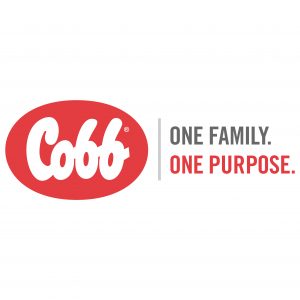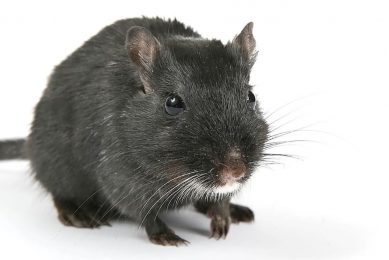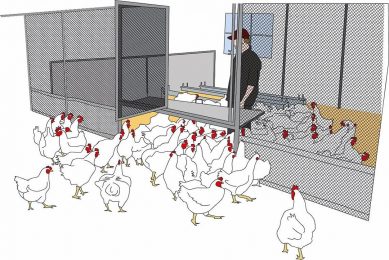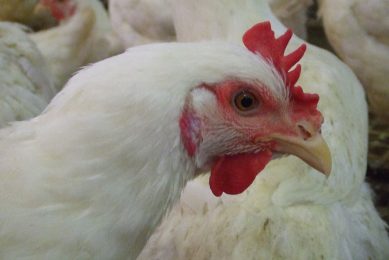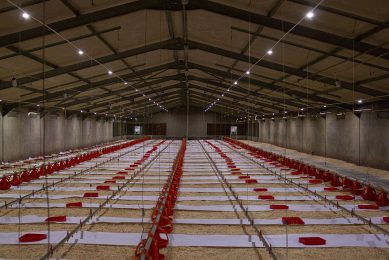Successful antibiotic-free poultry production
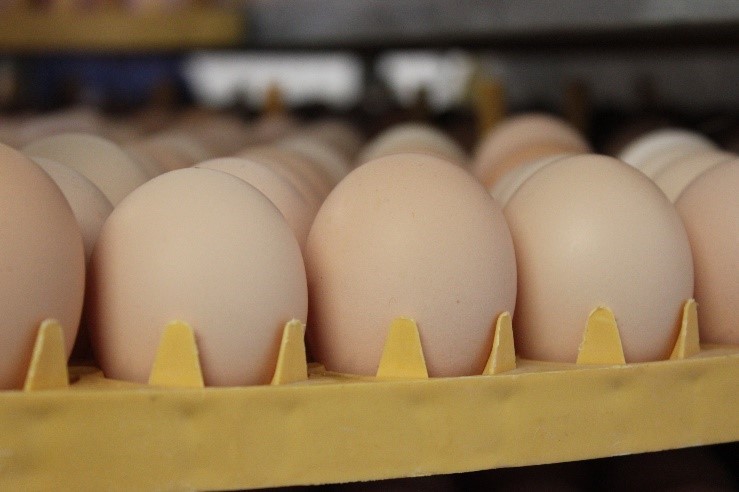
The poultry industry has seen quick changes in regards to the usage of antibiotics. These have resulted in quick responses by the production teams to manage their processes differently. For instance, it would have been taboo 5 years ago to ‘wet’ an egg in any way for fear of bacterial growth. In today’s poultry production world, most companies are using antibacterial wipes to reduce bacterial growth on eggs, as well as many other wet sanitation methods. As an industry we have had to learn quickly, but we still do not have all the answers. In many cases just more questions.
One question is how to reduce bacterial loads coming from the breeder farms. Bacteria grows at the rate of 2 times every 15 minutes in the poultry house environment. The eggs are coming through the vent of a chicken, immediately being exposed to not the cleanest of environments.
Securing strong intestinal health
The first line of defence is ensuring that the intestinal health of the birds is good so that there are no additional bacteria being introduced while the egg is being laid. Some companies are trying different prebiotics or probiotics to help with the hen’s intestinal health. Most have found they have to be more diligent with their intestinal health programmes starting in the pullet house. Ensuring they have a good gut flora from a pullet will result in better hen health. Special attention should be placed on cocci programmes and water line sanitation to help establish good bacterial flora.
Once through the vent, eggs are subject to the environment of the chicken house – either the nest pad and nest belt or the floor. Keeping clean floors, nest pads and nest belts can be challenging, but with better intestinal health, better ventilation and husbandry, bacterial loads can be mitigated. A lot of companies are supporting the replacement of nest pads and nest belts, as well as top dressing the floors with new bedding material post peak production. Anything that can be done to reduce the bacteria levels on the surfaces that the egg touches will reduce the amount of bacterial load being taken to the hatchery.
Minimising microcracked eggs
Another key aspect of mitigating the bacterial challenge to an egg is reducing the number of cracks and microcracks. Microcracks will hatch an egg at a reduced rate of +23%, but that means +60% of them will hatch. Some of this reduced hatch comes in the form of 3% higher contaminated eggs. These contaminated eggs result in higher bacterial levels in the hatchery.
The remaining 17% is in early (10%) and late (10%) dead embryos. The chicks that do hatch are also affected. The chicks that do hatch from microcracked eggs result in 8% cull or downgrade chicks, and the seven-day mortality of chicks from microcracked eggs have 1% higher rates than those from non-cracked eggs.
Anything that a company can do to reduce the risk of microcracks will help the bacterial load, embryo health and chick health, resulting in better hatch and better 7-day mortality. Some areas to look at would be transition for the egg from the nest pads to the belts, transition from the belt to the table, the person collecting the egg, and transportation of the egg. Another point is how quickly the egg is being cooled. Some companies allow the egg to sit at egg collection room temperature for a few hours before placing them in the egg cooler so that the fresher eggs that are just below 40.5°C are not immediately placed into a 20°C egg cooler, causing microcracks.

Reducing bacteria levels on eggs
Once the egg is in the egg room, the eggs can be fogged with a disinfectant to help reduce the bacteria levels that the egg came in contact with. Although, these fogging systems do not reach the bacteria that have been allowed through the pores of the eggs or through the microcracks. Many companies may fog them numerous times before they are set into the incubators. In the incubators, there is not a lot that is being done to reduce bacteria levels, but the key is reducing the stress of the embryo through temperature management. Many companies are looking at the possibility of moving to single-stage machines so that they can clean between sets.
The next critical step is at embryo transfer. The equipment used to do the embryo transfer process must be as sanitary as possible. We suggest increasing the frequency of cleaning the transfer spoons, suction cups, heads and tables. Many companies were waiting until breaks to do some of these processes. Having an SOP that requires them to have cleaning every ‘x’ number of buggies or machines will help the bacteria levels that are being introduced to the eggs to follow. Also, setting eggs so that your more problematic flocks and old flocks run last will help reduce the bacteria load being spread to good conditioned eggs.
Sanitation in the hatchery
In the hatchers you see many combinations of sanitation, but this is a critical step due to the bacterial bloom that occurs in hatchers. As the chicks hatch they release the bacteria that may be in the egg. As this bacteria grow in a nice, warm, moist environment, every chick is exposed to this bacteria load if proper sanitation is not achieved. The cleaner the environment can be before hatch begins the better.
Also, reducing any stress the chick may be encountering during these crucial first hours will help its overall immune system health. Keeping CO2 levels and temperature levels throughout the entire hatch window will reduce this stress and allow their natural immunity to thrive.
Innovative solution
As shown above, there are a lot of steps that must be evaluated and changed in antibiotic-free poultry production. The industry has been doing a lot of these steps for many years, but now we’ve had to become even more diligent and detailed in how we do them. There are many more avenues and innovations that are being explored as the industry quickly looks for answers. One of these innovations is the use of hydrogen peroxide and ultraviolet light.
This innovation is showing extreme promise for reduction of bacterial loads on the eggs. Currently, Cobb is using these machines in some of our egg rooms to reduce the bacterial levels going into our hatcheries. As an industry, we must keep looking for solutions and innovations like this to answer the questions of antibiotic-free production.
Author: Leasea Butler, Technical Service Advisor, Cobb-Vantress


